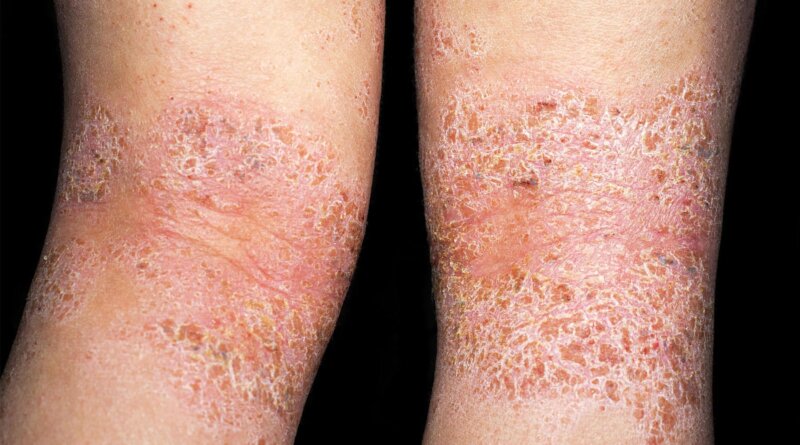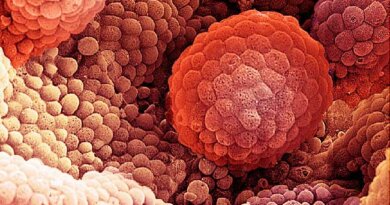Is It Dry Skin or Atopic Dermatitis?
For years, George Kramb, who’s 29 and lives in San Diego, CA, thought he had a severe case of dry skin.
“I had dry skin basically my whole life. It was always flaky, irritated, and even got to the point of cracking,” he says. Sometimes, in the winter, his fingers were so cracked and dry that he couldn’t open his hands.
Kramb tried over-the-counter ointments like Aquaphor, Cetaphil, and Gold Bond. “I used practically every single lotion and ointment that CVS sells, and nothing worked. It would offer temporary relief but didn’t address the underlying problem,” he says.
What Kramb didn’t know was that he didn’t just have dry skin. He had atopic dermatitis. “It wasn’t until I was a teenager and saw a dermatologist that I got a proper diagnosis,” he says.
What Is Atopic Dermatitis?
Atopic dermatitis (AD) is a skin condition where itchy rashes come and go. It’s usually associated with some type of allergy.
“Unlike dry skin, AD is a chronic inflammatory disease,” says Annabelle Garcia, MD, a board-certified dermatologist and owner of Sonterra Dermatology in San Antonio, TX. “Symptoms often appear as a rash on your skin. In its moderate-to-severe form, AD can cause constant itching, which can lead to cracking and bleeding of the skin.”
Common AD skin symptoms include:
- Dry, discolored skin
- Itching
- Painful or sore skin
- Rashes that may ooze fluid or bleed from scratching
- Sleep problems from itching
- Thick, hardened skin from scratching
Experts don’t know exactly what causes AD, but it may be related to your genes and environment. If you or your family members have asthma or allergies, you’re more likely to get AD.
“Atopic dermatitis typically begins in childhood but can appear at any age,” Garcia says. For some people, it tapers off when they get older. Others have it their whole life. AD may get better at times and then flare up at other times.
How Is AD Different From Dry Skin?
AD is more than dry skin. “While both dry skin and AD can make your skin flaky, AD can also include red or dark rashes and persistent itch that can lead to oozing and bleeding skin lesions,” Garcia says.
If you have AD, you may have an itch-scratch cycle. Your rash is itchy, so you rub or scratch your skin. That causes more irritation and itching, so the cycle of itching and scratching keeps going.
With AD, a chronic condition drives your symptoms, Garcia says.
Getting the Right Diagnosis
Atopic dermatitis can be difficult to diagnose, Garcia says. Your rash may look like psoriasis or poison ivy. If you have dark skin, it may be less noticeable, and it may take longer to get the right diagnosis.
If you have an itchy rash, see your doctor. “It’s important to know if you’re living with AD so you can take the necessary steps to control your skin health and find a proper treatment,” Garcia says. Topical creams may help with dry skin symptoms, but you might need a stronger treatment to target the cause.
Kramb had a feeling his dry skin could be AD because some flare-ups were severe. “My theory was confirmed when I met with the dermatologist, they prescribed my first steroid ointment, and it did wonders,” he says.
Treating AD
Finding a treatment that works for you is a process. If one doesn’t work, your doctor may recommend another.
It took Kramb a while to find the right mix. He tried a range of over-the-counter and prescription treatments, but they didn’t help. Later, he found that steroid ointments and creams work best.
Kramb says learning that his dry skin was atopic dermatitis inspired him to help others. He created PatientPartner, which helps people who have similar health conditions connect so they can learn from each other.
“A lot of people are nervous and scared to share their health conditions with others,” Kramb says. “I wanted to create a safe place for them to share with one another so they can learn and build a community.”




